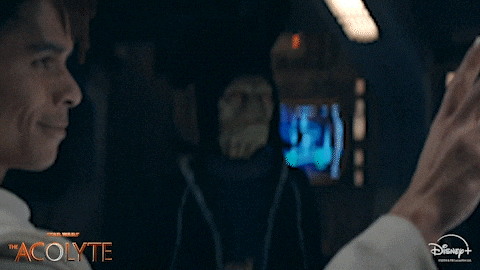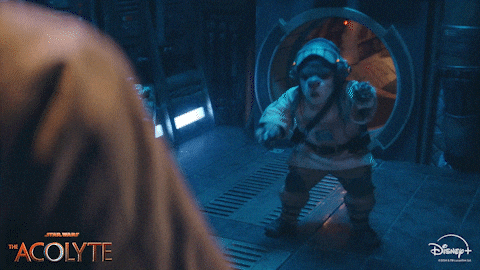Set a long time ago in a galaxy far away, before the era of the first Star Wars movie, a new TV series explores what happens when officials — in this case, of the High Republic — identify an objective and try to deliver on that mission. And as often happens in governmental entities, officials in “The Acolyte” must overcome challenges. Here are four operational management lessons we can learn from the Star Wars TV series.
Spoiler alert: The following describes plot details from the show.
1 — Effective Decision-Making
According to Gallup, one in four (24%) managers strongly agrees that their peers make well-thought-out decisions. The study also shares how decisions should be made holistically, starting from a solid foundation.
In “The Acolyte,” the foundation was overlooked because Jedi Master, Vernestra Rwoh, failed to stick to the plot’s original mission, which was to find and apprehend an assailant who was eliminating Jedis. Instead, the original purpose continued to shift and, as a result, certain protocols weren’t followed and reports weren’t made. This created an unstable situation that caused further casualties and lack of awareness. Effective decision-making best practices were neither enforced nor transparent.

2 — Transparency
A study conducted by Slack revealed that over 80% of workers want to know more about how decisions are made, and half of employees surveyed in the Edelman Trust Barometer said they don’t trust their boss. In “The Acolyte,” a symptom of poor decision-making is a lack of transparency.
As the season progresses, a lack of transparency leads to Jedi Masters Vernestra and Sol withholding information from the Jedi High Council regarding the status of their mission. This creates a lack of accountability and prompts eventual investigations into the operations of the Jedi Order. Failure to share complete information about a mission gone wrong 16 years earlier resulted, over time, in the current threat.
3 — After Action Reviews
Lack of transparency with the Jedi High Order and Galactic Senate could have been avoided if Jedi Sol and his team had written an honest, good ‘ole fashion After Action Review (AAR) following that failed mission. According to Harvard Business Review, the U.S. Army developed AARs in the 1970s to chronicle failed operations and make sure they don’t happen again. In the early 2000s, AARs became a common tool with outside organizations.
Probably the most crucial recommendation the Harvard Business Review experts make is imploring organizations to commit to developing AARs that “tell the whole story.” In “The Acolyte,” failing to tell the full story hid the true events of the failed mission on Brendok, in which two young “Force-sensitive” twins were separated for 16 years without knowing each other’s fate. The Jedi High Council didn’t require a thorough account of the events that took place. It simply took the Jedi team’s word and moved on. Do or do not complete an AAR. There is no try.
4 — Team Appreciation
One final organizational management lesson from “The Acolyte,” available on Disney+, is the importance of appreciating small contributions from other team members. Based on another study by Harvard Business Review, recognizing employee contributions is key to workers feeling included in the larger organization or among other team members.
Intended for comic relief, two characters in “The Acolyte” who routinely provide support to advance the criminal investigation are Pip, a droid, and Bazil, a tracker, who basically appears as an adorable otter with posable thumbs and stumpy legs. However, no one genuinely appreciates those characters, despite their honorable contributions. That lack of appreciation is troubling, I think.

May the Force be with you when applying these organizational management concepts to your day-to-day operations.
Ryan is a Public Affairs Specialist at the U.S. Environmental Protection Agency. He has over 10 years of federal service with a B.S in Marketing from George Mason University and an M.A. in Communications from Johns Hopkins University. Ryan lives in Arlington, Va., enjoys running, traveling and being a plant dad.





Leave a Reply
You must be logged in to post a comment.